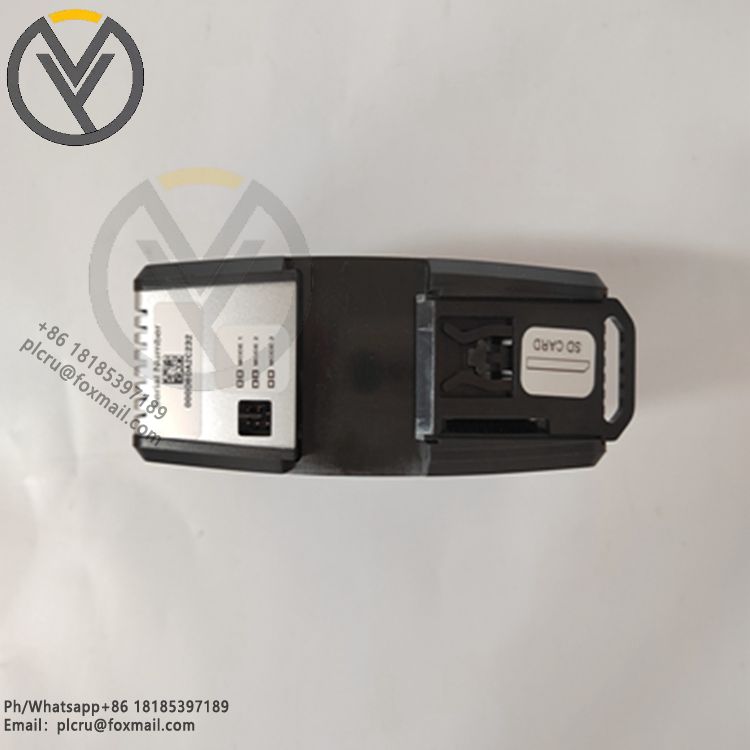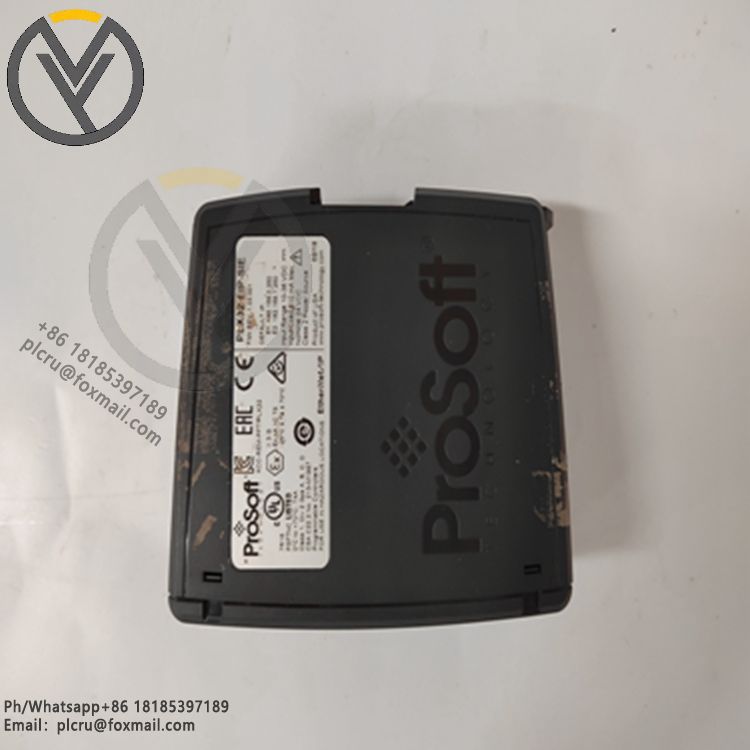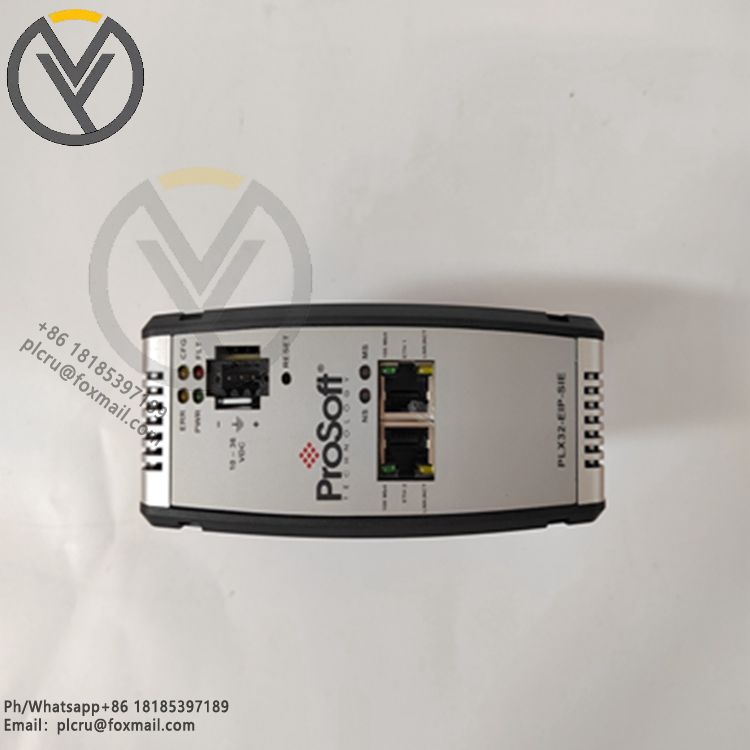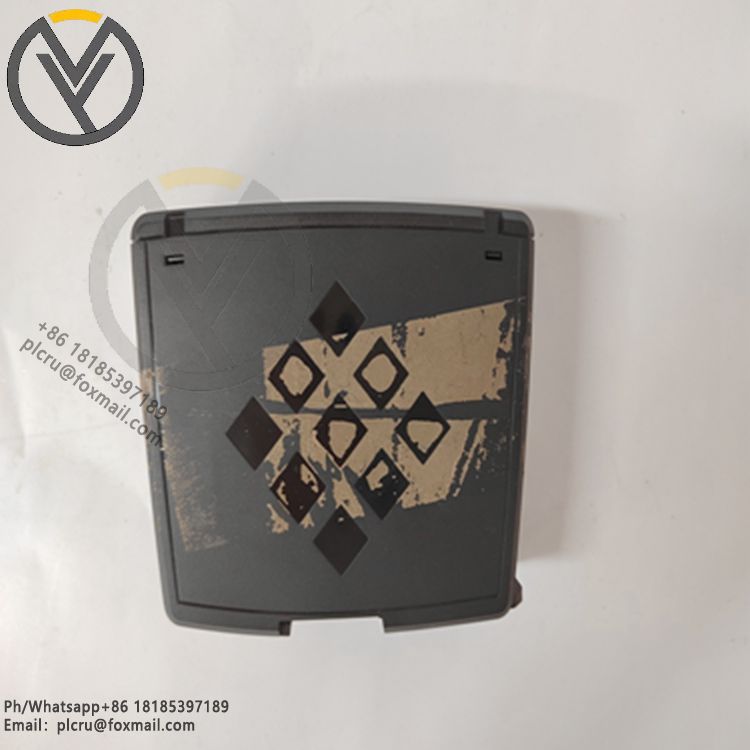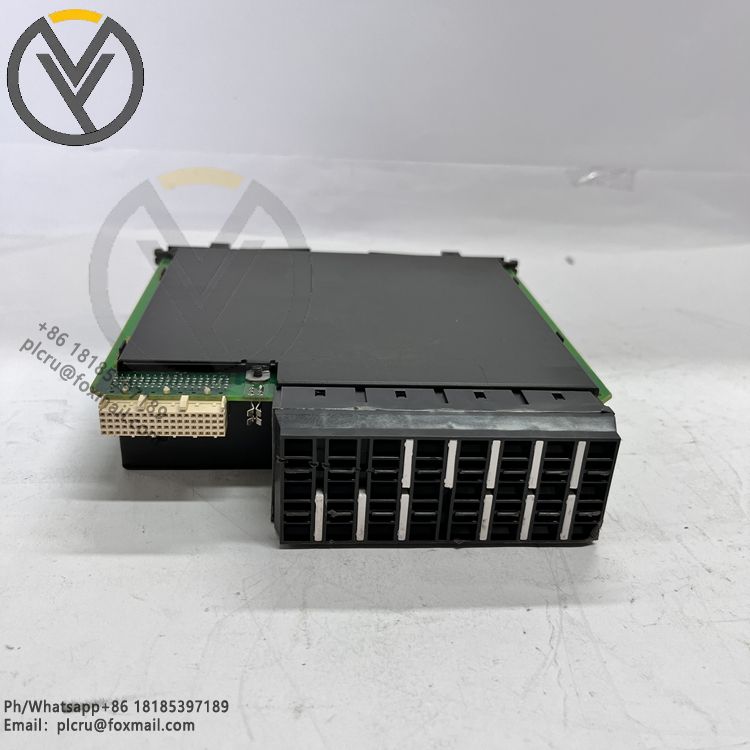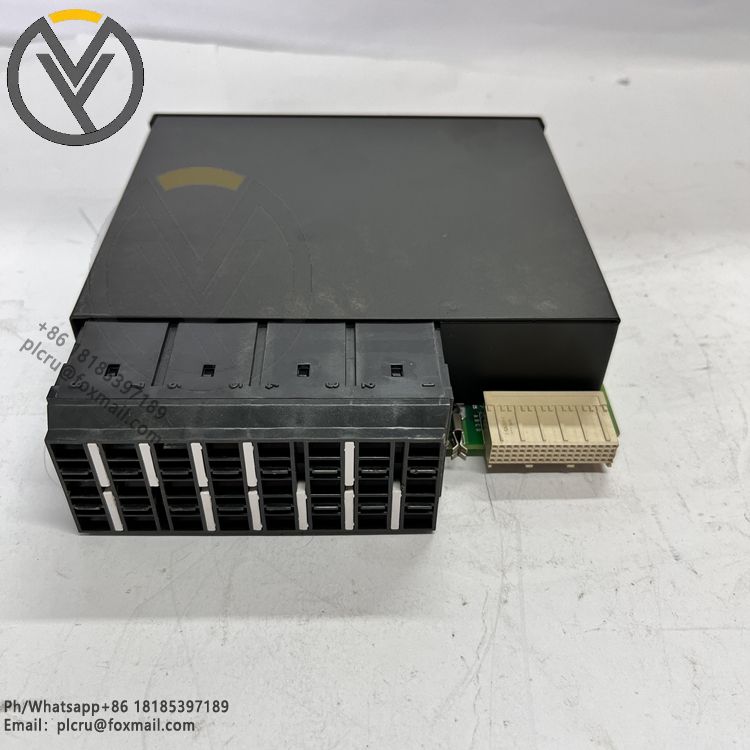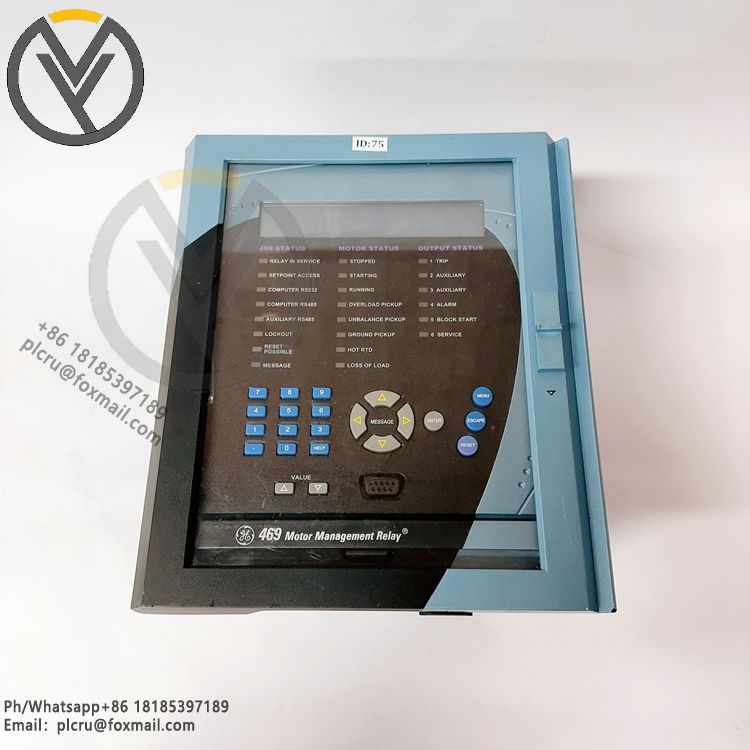GE 531X307LTBAKG1AK Drive Board
The GE 531X307LTBAKG1AK is a drive board designed for specific applications within the GE drive system. Here is an introduction:
- Interface Function: It serves as an interface system for the controlling drive and external devices like contactors, interlocks, and indicator lights. It enables effective communication and signal transmission between the drive and these external components, facilitating the coordinated operation of the entire system.
- Signal Conversion: The board is equipped with eight configurable control input plugs. These inputs can accept both AC and DC voltages ranging from 2 to 240 V and convert them into 24V DC logic signals, which are then sent to the control board. This wide - range voltage acceptance and conversion capability enhance the board's adaptability to different power supply conditions.
- Output Capability: On - board, there are seven outputs, all of which are low - voltage and low - current form C relay contact connectors. These outputs can be used to control various peripheral devices according to the control signals from the drive system, enabling precise control over external equipment.
- Qualified Personnel Only: Only allow qualified personnel trained in installing drive boards to handle this card. They should be familiar with the installation procedures and safety precautions to avoid potential damage to the board and ensure proper installation.
- Follow Installation Parameters: The board comes with a series of installation parameters that must be strictly adhered to. These parameters include proper wiring methods, grounding requirements, and environmental conditions. Following these guidelines helps prevent accidental damages and ensures the normal operation of the drive system.
This drive board is primarily used in GE - brand drive systems and exciters within industrial automation and control scenarios1. It plays a vital role in controlling the operation of motors, regulating the speed and torque of motors according to specific process requirements, and ensuring the stable and efficient operation of production lines. For example, in a conveyor belt system, it can control the motor's speed to achieve the desired material transportation speed. In a manufacturing process that requires precise control of motor rotation, the board can accurately control the motor's movement through signal conversion and output, meeting the high - precision production requirements.
